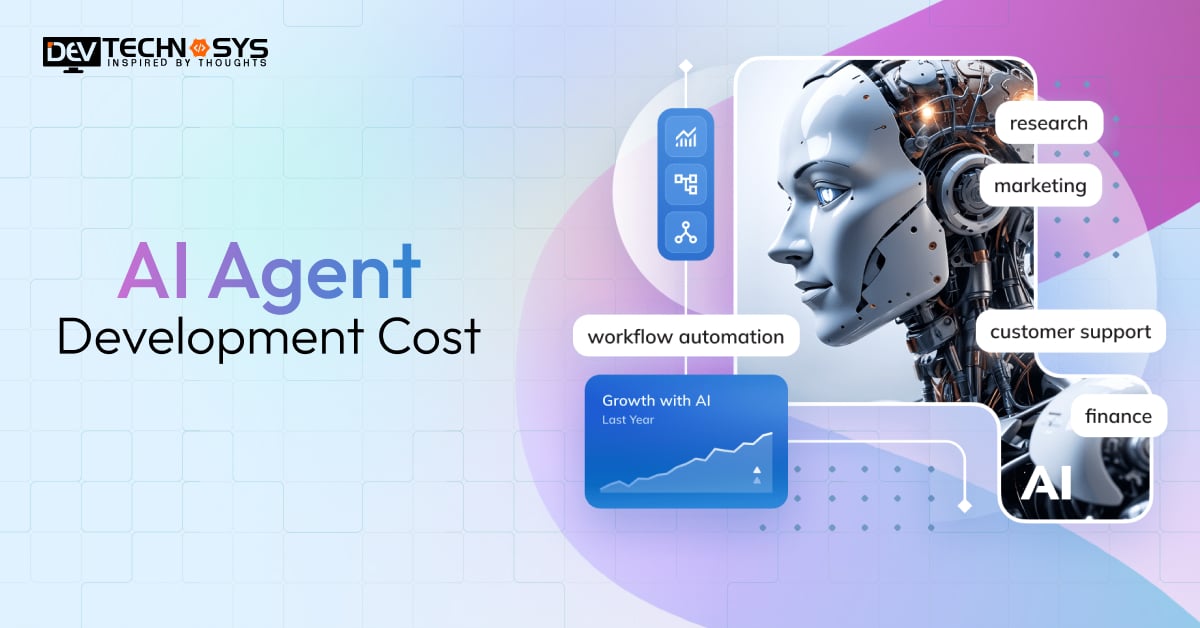The growth of connected, electrified, and driverless cars is causing a rapid transition in the worldwide automotive software market. The market is expected to develop at a strong compound annual growth rate of more than 10% from its estimated $52.5 Billion in 2024 to $134.94 Billion by 2034.
The need for cutting-edge technologies like ADAS, infotainment, telematics, and over-the-air upgrades is growing as automobiles become more software-centric platforms. The future of mobility and automotive innovation will be reshaped by this expansion, which signals a move toward software-defined vehicles.
It is recommended for businesses to know Automotive software market size 2034 to grow in various regions and sectors.
Revolution in Software-Defined Vehicles (SDV)
The automotive industry is undergoing a paradigm shift with the rise of Software-Defined Vehicles (SDVs), where software controls the majority of vehicle functions. This shift enables dynamic updates, feature scalability, and enhanced user experiences, transforming cars into intelligent, upgradable platforms much like smartphones.
- Enables over-the-air updates and continuous feature enhancements.
- Reduces hardware dependency through centralized computing architectures.
- Supports personalized, data-driven driving experiences and services.
Major Growth Factors
The global Automotive software industry growth is consistent. This surge is driven by advancements in connectivity, electrification, safety systems, and digital in-vehicle services:
1. Rise of Connected Cars
Connected cars enable real-time communication with external systems, enhancing navigation and infotainment. These vehicles rely heavily on embedded and cloud-based software.
Market Stat: The number of connected cars globally is expected to exceed 400 Million by 2025, contributing significantly to software demand.
2. Electric Vehicles (EVs)
EVs require advanced software for energy management, battery monitoring, and smart charging systems. As the EV market expands, so does the need for reliable and scalable automotive software.
Market Stat: The global EV software market is projected to grow at a 18% CAGR rate through 2030 due to rising EV adoption.
3. Advanced Driver Assistance Systems (ADAS)
ADAS technologies use software to process inputs from sensors and cameras for lane-keeping and emergency braking. These systems are foundational for semi- and fully-autonomous vehicles.
Market Stat: ADAS-related software is expected to account for over 20% of automotive software revenue by 2030.
4. Over-the-Air (OTA) Software Updates
OTA allows manufacturers to remotely update, fix bugs, or enhance features, reducing service center visits. This model boosts software monetization and customer engagement.
Market Stat: The OTA software update market in automotive is estimated to reach $9.4 Billion by 2030.
5. Vehicle Connectivity and Telematics
Telematics combines GPS, sensors, and onboard diagnostics to transmit real-time vehicle data to the cloud. It enhances fleet management, insurance, and predictive maintenance.
Market Stat: The global automotive telematics market is projected to surpass $100 Billion by 2030, fueling software development demand.
Latest Technology Trends in Automotive Sector
The automotive industry is driven by smart technologies that enhance safety, performance, and user experience. Various Automotive software trends 2034 are transforming vehicle designs and maintenance:
1. AI & ML Integration
AI and ML are embedded in ADAS, driver behavior analysis, predictive maintenance, and in-vehicle personalization. AI development enables vehicles to make data-driven decisions in real time.
Impact: Enhances autonomous driving accuracy and reduces human error in decision-making.
2. Digital Twin Technology
Digital twins create real-time virtual replicas of vehicles or components, allowing simulation and testing, without physical prototypes. This improves development speed and post-sale service accuracy.
Impact: Reduces development time and maintenance costs while improving reliability and performance forecasting.
3. Edge Computing with 5G
Edge computing allows vehicles to process data with minimal latency, while 5G enables high-speed connectivity. It is essential for autonomous navigation and V2X communications.
Impact: Enables faster, real-time decision-making for autonomous and connected vehicle systems.
4. Cybersecurity-First Development
Modern vehicles are now treated like mobile computers, requiring end-to-end encryption and compliance with global security standards. Secure-by-design is becoming a core strategy.
Impact: Mitigates threats of remote hacking and ensures user trust in connected vehicle platforms.
5. Unified Vehicle Operating Systems
Unified OS platforms like Android Automotive, QNX, and Automotive Grade Linux streamline software development. It is for vehicle models, reduce fragmentation, and support app-based services.
Impact: Accelerates deployment of new features and enables consistent in-vehicle experiences across brands.
Market Segmentation and Regional Insights
The Automotive software market analysis is segmented across various dimensions. These segments help stakeholders identify emerging opportunities and tailor strategies effectively:
1. Car Components
- Application Software: Manages infotainment, navigation, and driver assistance features directly interfacing with users.
- Middleware: Acts as a communication bridge between the OS and application layer, enabling seamless data flow.
- Operating System (OS): Core platform that runs and manages all vehicle software and hardware interactions.
2. Vehicle Type
- Passenger Cars: Dominant segment leveraging infotainment, ADAS, and connected car software for consumer vehicles.
- Commercial Vehicles: Focused on logistics, fleet telematics, and predictive maintenance software solutions.
- Electric Vehicles (EVs): Require advanced software for battery management, energy optimization, and charging integration.
3. Deployment Method
- Embedded Software: Installed directly into the vehicle’s ECUs for real-time processing and control.
- Cloud-Based Deployment: Allows remote data processing, OTA updates, and integration with external services.
- Hybrid Deployment: Combines on-board processing with cloud features for flexibility and enhanced performance.
4. Choice of Region
- Asia-Pacific: Largest and fastest-growing market due to mass vehicle production and EV adoption, especially in China and India.
- North America: Innovation-driven market led by autonomous vehicle R&D and software startups.
- Europe: Focused on regulatory compliance, emissions control, and safety-focused software advancements.
- Latin America: Emerging market with rising investments in connected mobility and smart transport.
- Middle East & Africa: Gradual adoption of connected car infrastructure and government-backed digital mobility plans.
5. Application Level
- ADAS and Safety: Software supporting driver assistance features like lane assist, auto-braking, and collision avoidance.
- Infotainment and Connectivity: Enables music, navigation, voice control, and smartphone integration within the vehicle.
- Powertrain and Body Control: Manages engine systems, battery efficiency, HVAC, and other mechanical-electronic integrations.
Potential Challenges and Opportunities
As the automotive software market accelerates, it faces both technical roadblocks and transformative opportunities. Industry stakeholders must address key challenges while capitalizing emerging trends:
Challenges
1. Software Complexity
Modern vehicles rely on millions of lines of code and dozens of interconnected ECUs, making integration complex. This leads to longer development cycles and greater chances of malfunction.
2. Data Privacy Risks
Connected cars collect vast amounts of driver and vehicle data. This raises concerns over unauthorized access, surveillance, and compliance with global privacy regulations like GDPR and CCPA.
3. High Development Costs
Building secure, real-time, and scalable automotive software demands massive investment. It includes R&D, testing infrastructure, and certification processes that are smaller players.
4. Lacking Skilled Talent
There is a global shortage of professionals skilled in embedded systems, cybersecurity, and AI. Automotive software engineering is slowing innovation and increasing hiring costs.
Opportunities
1. Monetization
OEMs can generate recurring revenue through subscription-based features, in-car app stores, and OTA upgrades. This transforms vehicles into platforms for continuous software sales.
2. Autonomous Vehicles
The growth of Level 3–5 autonomy creates demand for complex software handling perception, mapping, and decision-making. This positions software as the core enabler of self-driving systems.
3. Technical Balance
Advancements in modular architectures and unified platforms like SDVs help balance performance, cost, and scalability. This makes it easier to manage large software ecosystems.
4. Ecosystem Expansion
Strategic collaborations between OEMs, cloud providers, chipmakers, and startups are accelerating innovation. This drives down market reach and fosters open-source development models.
Conclusion!!
The projected growth of the global automotive software market to USD 134.94 billion by 2034 highlights a major shift toward intelligent, connected, and software-driven vehicles. As OEMs and tech companies invest heavily in innovation, opportunities arise in ADAS, EV systems, and in-car connectivity.
To stay competitive, industry players must embrace digital transformation, prioritize cybersecurity, and foster strategic collaborations. A business investor must know the Automotive software market forecast across the evolving and new ecosystem.





















